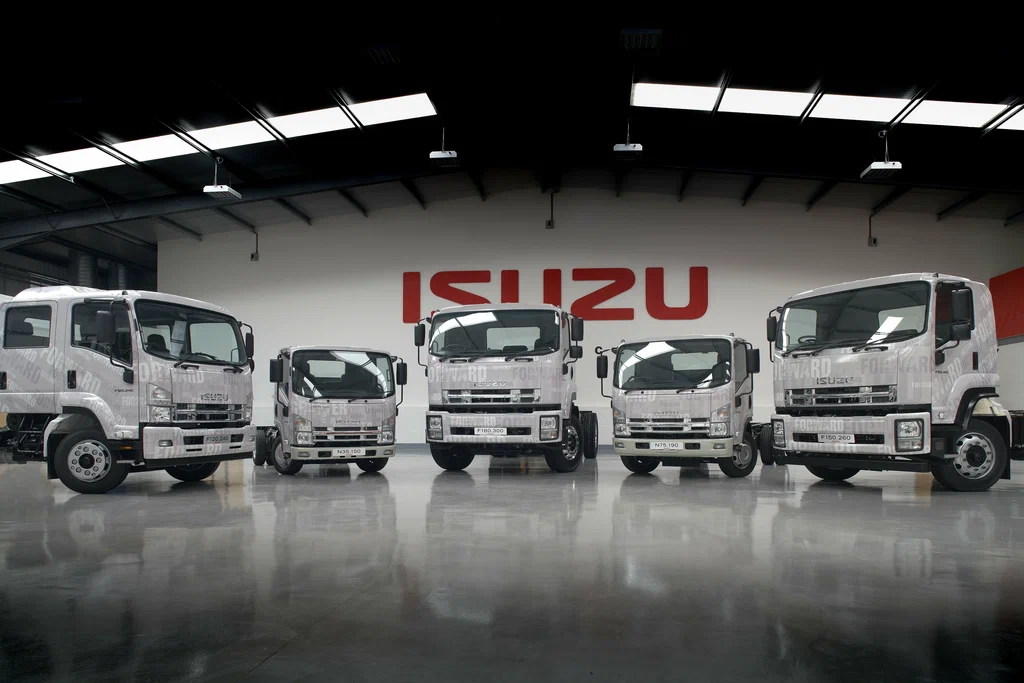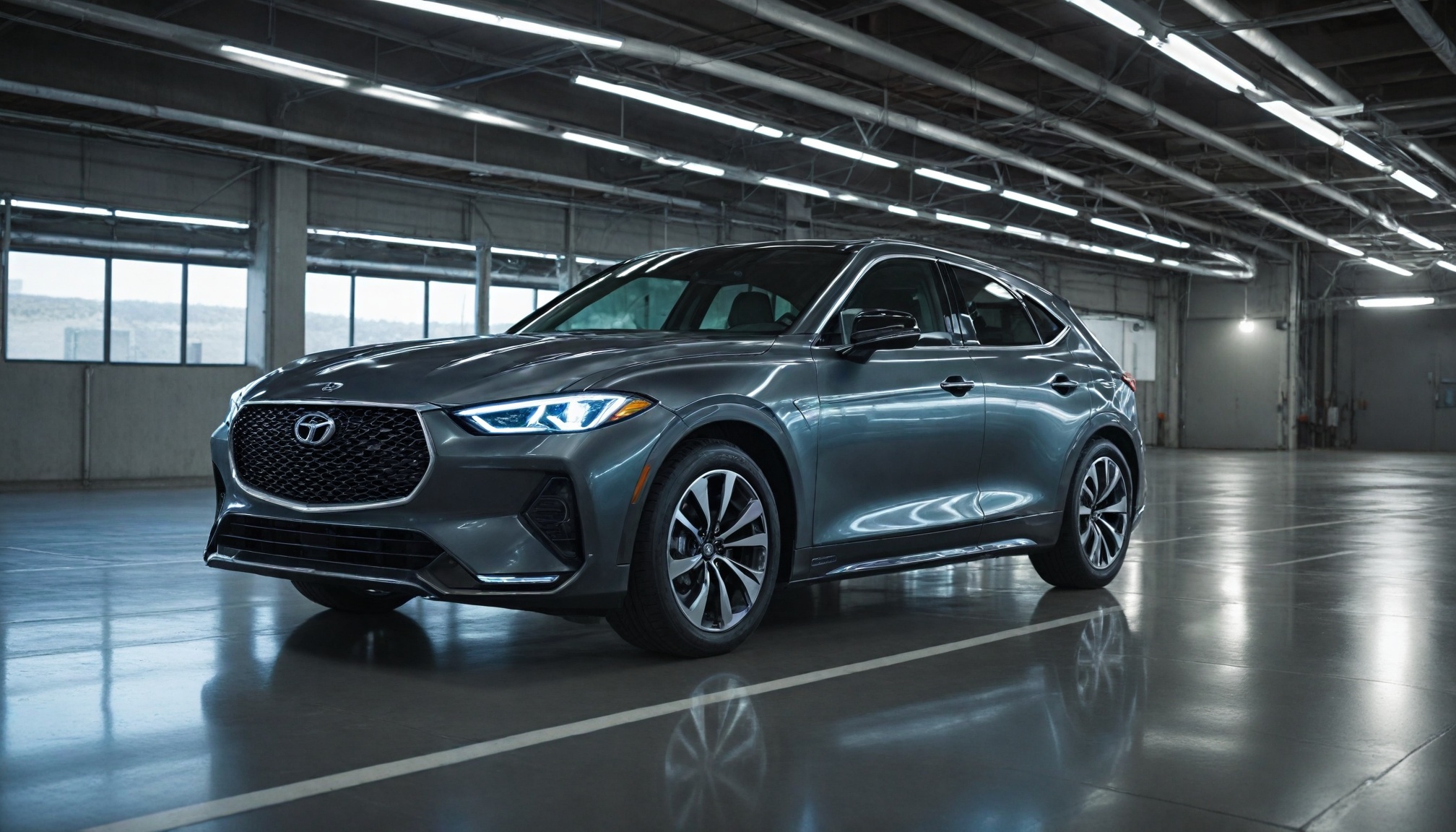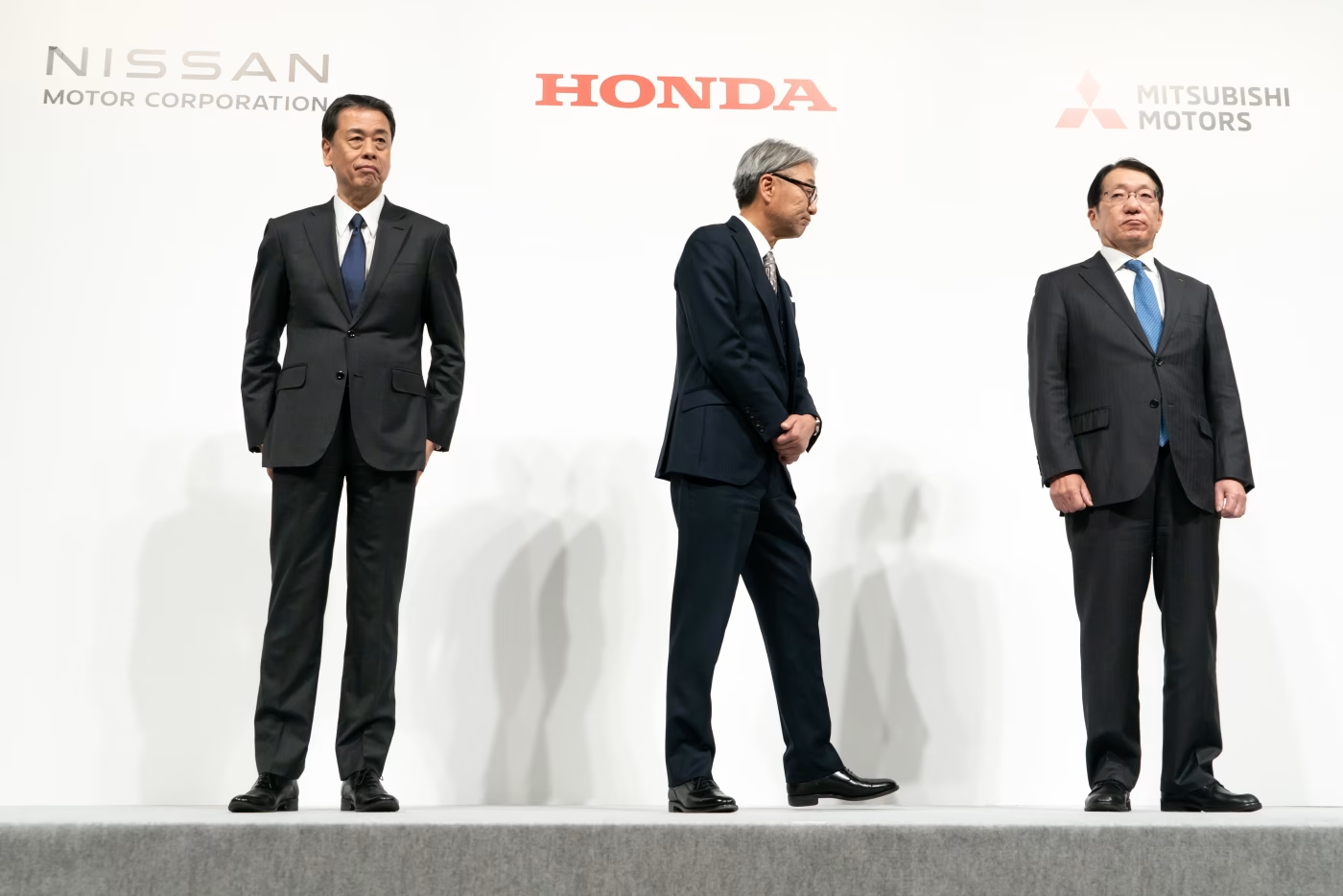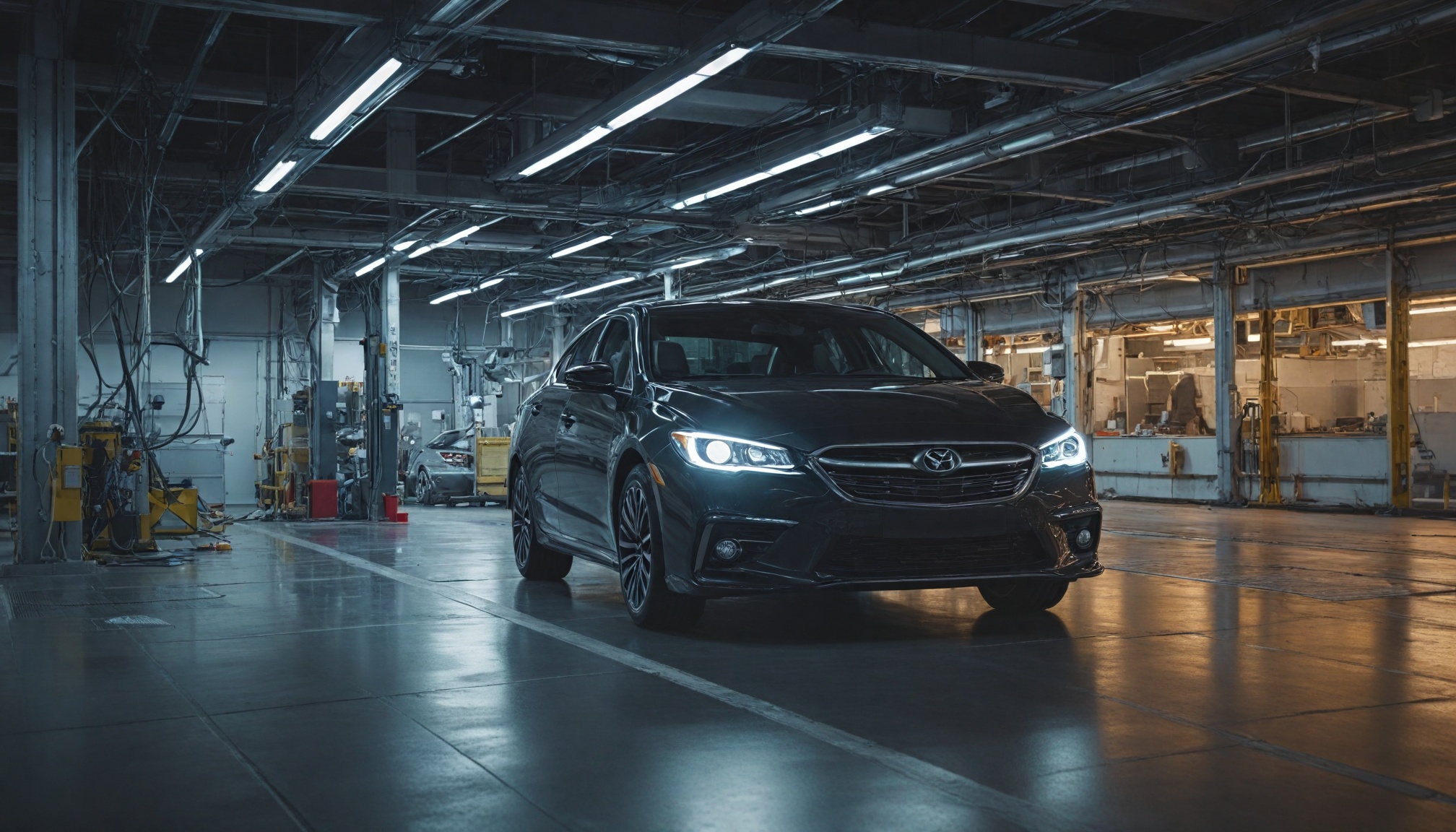
Explore how Isuzu and Fujitsu's partnership on software-defined vehicles is revolutionizing automotive technology, enhancing connectivity, and driving industry innovation.

Drivetech Partners
Isuzu & Fujitsu Team Up: Developing Software-Defined Vehicles
Transformative Collaboration Between Isuzu and Fujitsu
In a groundbreaking move that signifies a major shift in the automotive landscape, Isuzu and Fujitsu have announced a strategic partnership aimed at the development of software-defined vehicles (SDVs). This collaboration seeks to harness Fujitsu’s prowess in digital innovations alongside Isuzu’s extensive automotive manufacturing expertise to create the next generation of vehicles. As the automotive industry marches toward digital transformation, this partnership stands as a beacon of progress in both commercial and passenger vehicle sectors.
Understanding Software-Defined Vehicles
Software-defined vehicles represent a paradigm shift in how automobiles are designed and operated. Unlike traditional vehicles relying heavily on mechanical components, SDVs manage many of their functionalities through software. This approach allows for significant enhancements, upgrades, and even new features to be implemented through software as opposed to hardware alterations. Imagine a vehicle that updates itself in a manner akin to a smartphone; SDVs make this a reality, offering flexibility and adaptability unheard of in traditional designs.
The Innate Advantages of SDVs
One of the core benefits of software-defined vehicles is their centralized, high-performance computing framework. By reducing the number of electronic control units (ECUs) and leveraging powerful System-on-Chip (SoC) designs, these vehicles can achieve greater flexibility, reduced weight, and streamlined functioning. This architectural simplicity means that vehicles can be updated remotely, ensuring they remain cutting-edge throughout their lifecycle.
Connectivity is another cornerstone of SDV technology. Advanced Vehicle-to-Everything (V2X) capabilities facilitate seamless data exchange between vehicles, infrastructure, and smart city systems, often supported by 5G networks. This connectivity is crucial for enabling the advanced driver-assistance systems (ADAS) and self-driving features continuously being developed and deployed.
Impact on the Automotive Sector
As the auto industry pivots from traditional electromechanical systems to intelligent, digital platforms, the adoption of SDVs presents game-changing implications. Wiring complexities are reduced, assembly becomes more streamlined, and vehicles become easier to diagnose and repair, thanks to the integration of software. These advancements also pave the way for new business models, such as subscription-based features and innovative monetization strategies via software updates.
Traditional Vehicles vs. Software-Defined Vehicles
| Feature | Traditional Vehicle | Software-Defined Vehicle (SDV) |
|---|---|---|
| Upgrades | Hardware-focused, post-production | OTA software upgrades |
| ECUs | Numerous and function-specific | Centralized and powerful |
| Data Handling | Limited data collection | High-volume adaptive processing |
| Connectivity | Basic infotainment | Advanced V2X and IoT |
| Customization | Rigid | Dynamic and user-driven |
| Maintenance | Manual and center-based | Predictive with remote diagnostics |
A Future Vision for Isuzu and Fujitsu
Isuzu and Fujitsu are strategically positioned in the rapidly evolving automotive landscape by embracing the SDV model. The partnership capitalizes on Fujitsu’s expertise in artificial intelligence, cloud services, and cybersecurity, empowering Isuzu to deliver vehicles that continually evolve and offer new experiences. The collaboration addresses pressing industry challenges, including increasing vehicle complexity and the demand for ongoing improvements and regulatory compliance related to safety and software management.
Looking Ahead: SDVs in the Automotive Industry
The Isuzu-Fujitsu alliance is reflective of a broader transformation in the global automotive industry. Major players like Renault and Bosch are likewise moving towards software-centric models, leveraging central computing, modular software, and innovative ecosystem partnerships. This shift is expected to spawn new revenue streams, spur rapid innovation cycles, and enable more personalized and safer vehicles for consumers.
With the growing emphasis on connectivity, customer-centric services, and automated driving solutions, the software-defined vehicle model is set to be a cornerstone of future mobility. As Isuzu and Fujitsu lead this transition, they not only serve their corporate interests but also contribute significantly to the ongoing evolution of transportation technology.
For more insights and updates on this strategic partnership,
Sources:
Blackberry QNX - Software-Defined Vehicles: The Ultimate Guide
Sonatus - The Definitive Guide to Software Defined Vehicles
Renault Group - All about Software Defined Vehicle
Valeo - Everything you need to know about the Software Defined Vehicle (SDV)
PTC - What Is a Software-Defined Vehicle?
TechCrunch - WTF is a 'software-defined vehicle?'
PwC - What is an SDV (Software Defined Vehicle)? Defining SDVs beyond ...
Bosch Mobility - Software-defined Vehicle
IoT Insider - Isuzu and Fujitsu partner on software-defined vehicles





